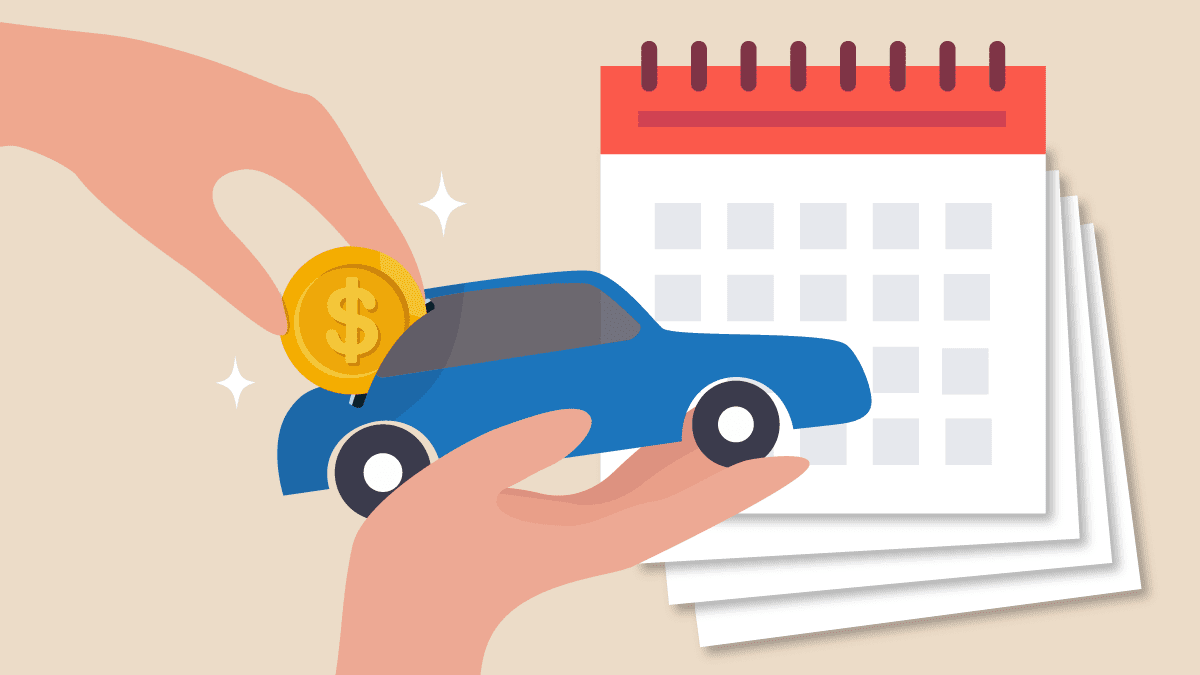
Chuck Bell, programs director for advocacy at Consumer Reports, recommends that consumers take a conservative approach to how much they spend on a vehicle.
“In the past, the rule of thumb for car financing was the 20-4-10 rule: Make a 20 percent down payment, take a 48-month [four-year] loan, and spend no more than 10 percent of your budget on all vehicle expenses, including maintenance and insurance,” he says. According to Marketwatch, it’s not unusual for car ownership expenses to consume 20 percent of a household budget.
Being upside down on an auto loan is fairly common. According to Edmunds, nearly a quarter of new car sales involved a trade-in with negative equity in the second quarter of 2024. While negative equity isn’t necessarily a problem while you own the car, it can put you at risk financially if you decide to trade it in or if it is damaged. For instance, if a vehicle is declared a total loss after a crash, you will still be liable for the loan balance your insurance doesn’t cover. That’s also the case if you want to sell your vehicle and buy something else: A vehicle often depreciates faster than you can pay down a loan over six or seven years.
So why do people take out loans that last longer than many people keep cars? The simple answer is to make it possible to stretch your finances and buy more car. Buying a used model has long been a sound strategy to save money, but even the average used-car price is now close to $30,000, according to Cox Automotive.
“That has made affordability a problem for a lot of people,” says Bell.
However, now that the average age of cars on the road in the U.S. is more than 12 years, keeping one over a longer time period is more feasible than ever, says Alain Nana-Sinkam, head industry analyst at TrueCar, a firm that analyzes market trends and a CR partner. Total-loss accidents notwithstanding, keeping a vehicle paid for with a long-term auto loan for many years could, technically, work out for the consumer. But it’s seldom that simple.
“We know there are layers to vehicle ownership, from people who flip leases on new vehicles to people struggling to afford the payment of a subprime ‘buy here, pay here’ loan on an 8- to 10-year-old vehicle,” he says, adding that most new vehicles that are sold—as opposed to leased—end up being traded in as used cars four or five years later.
Bell says stagnant household incomes, rising vehicle prices, and higher interest rates on loans are the main reasons why automobile ownership is taking a bigger bite out of people’s monthly budgets. And as CR has said before, the cost of car ownership usually exceeds monthly payments on a loan.
Source link








